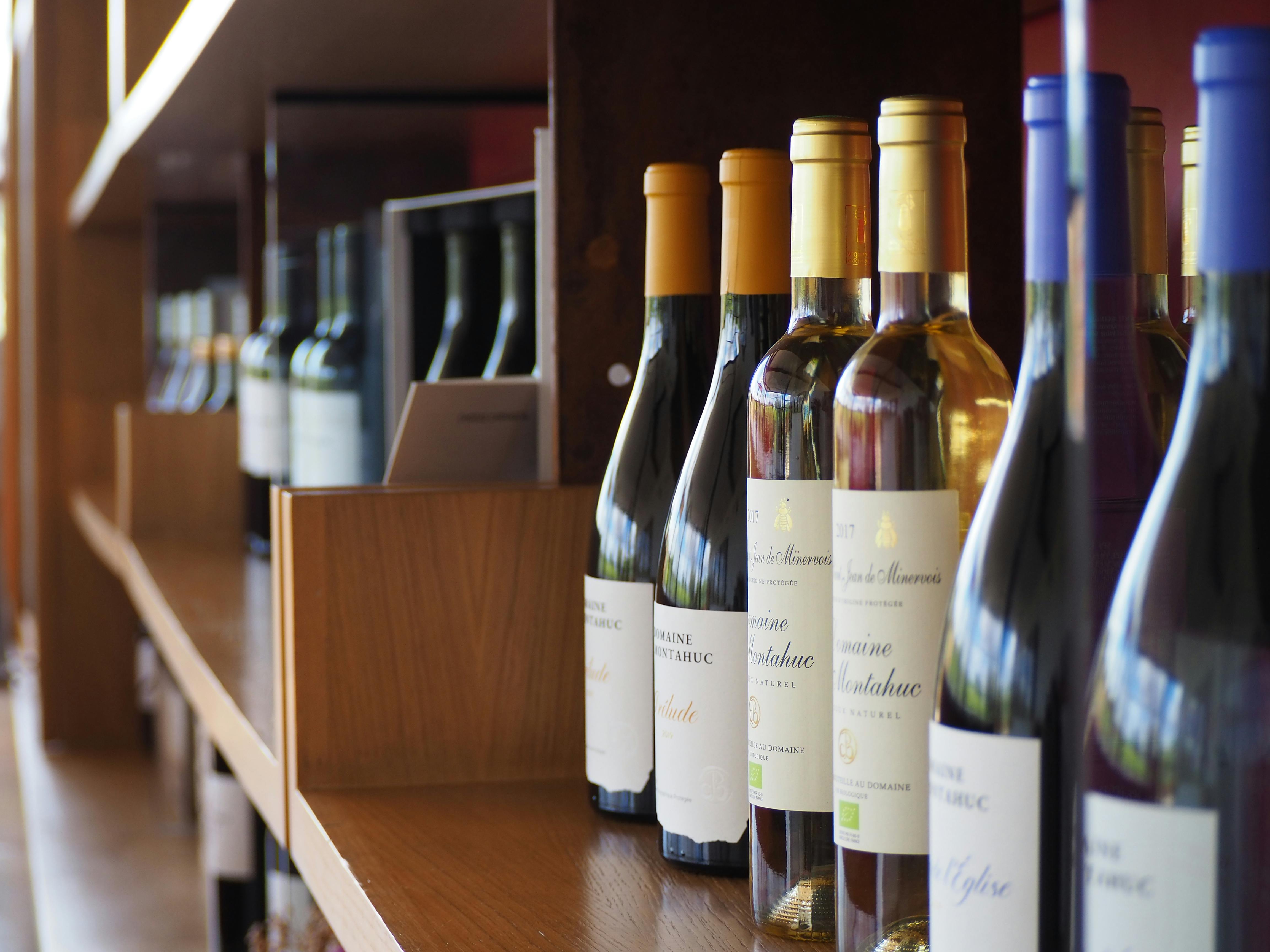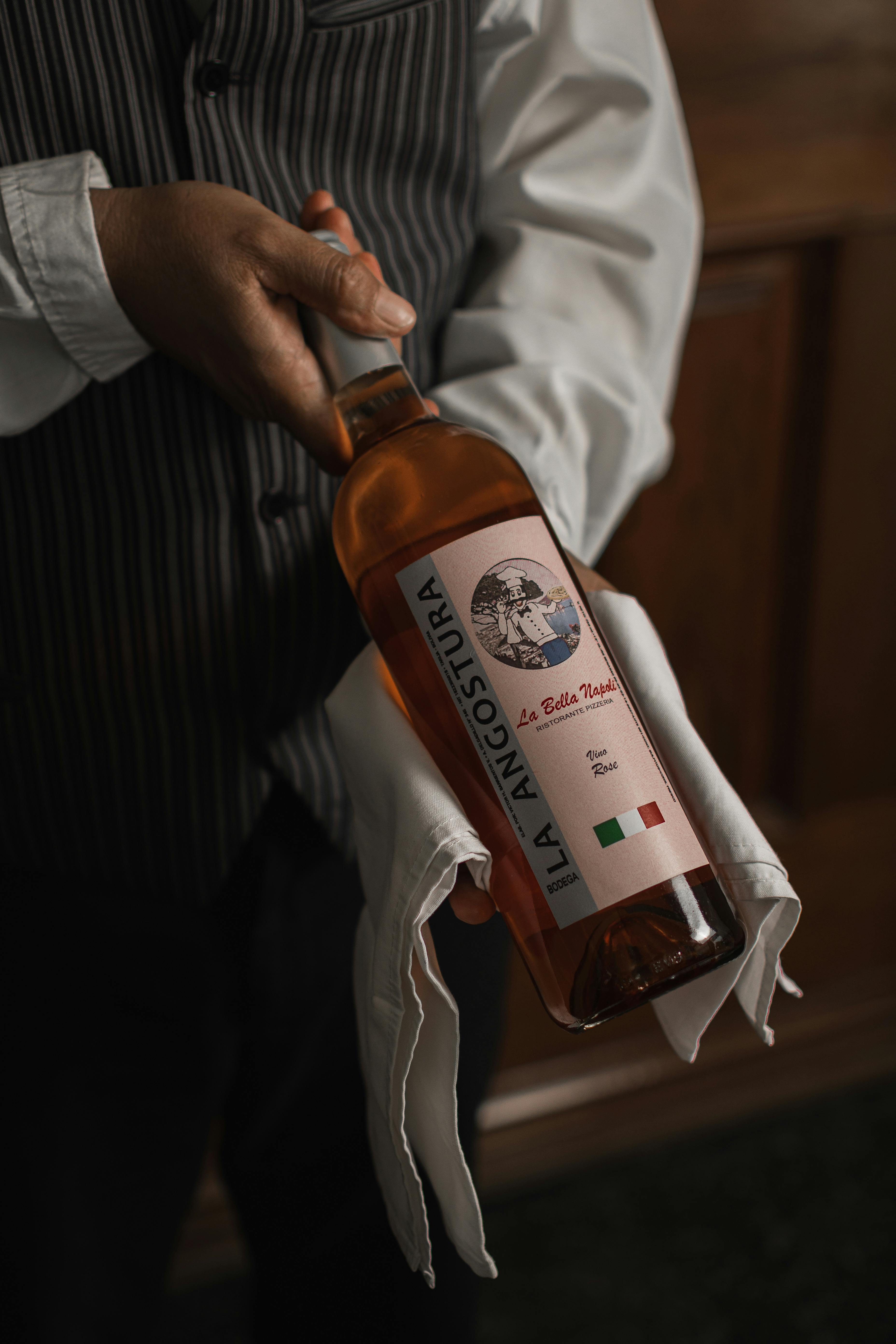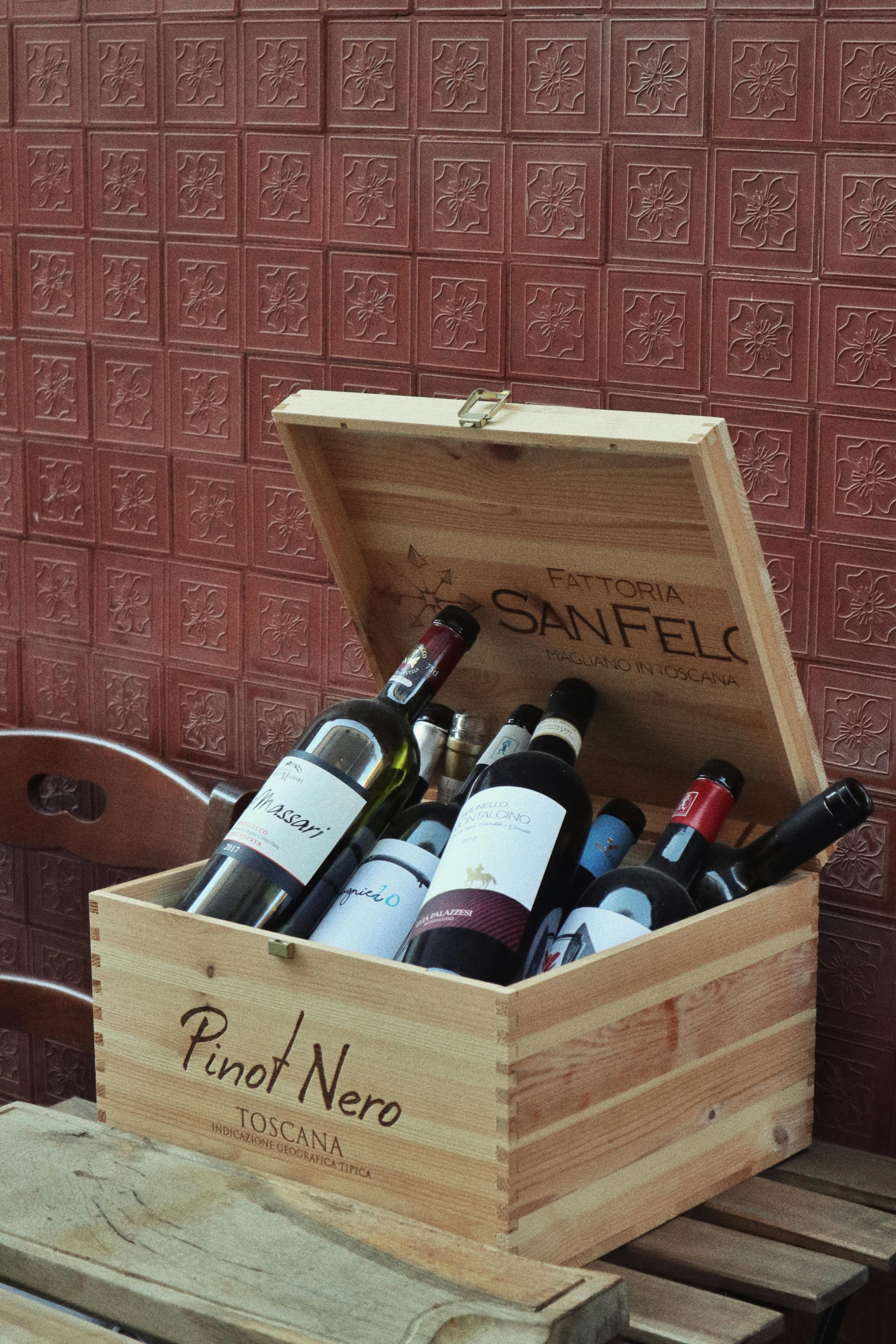The holidays are synonymous with celebration, and wine is often central to these festivities. Whether you toast with a fine wine or enjoy a simple glass of red wine, wine adds a touch of elegance to any occasion. However, with the increasing prevalence of counterfeit wines, that perfect experience can easily be compromised. Even more worrying, fake wines can pose serious health risks. If you’re worried about falling victim to counterfeit bottles, rest assured: you don’t have to be a sommelier to spot them. With a little knowledge and a lot of attention to detail, you can confidently select authentic wines and enjoy the true essence of the season.
Here are six practical ways to spot fake wine like a pro this holiday season and beyond…
#1. Examine the label
The wine label is often the first and most telling sign of authenticity. Reputable wineries invest significant effort to ensure that their labels are difficult to replicate, and include several key features to distinguish their bottles.
- Typography and printing: High quality labels are typically produced using specialized printing methods, such as plate presses. When inspecting a label, pay close attention to inconsistencies in ink or color separation. Counterfeit labels often reveal subtle flaws, such as blurry text, uneven fonts, or incorrect spacing.
- Authenticity details: Many wineries take it a step further by adding authenticity marks such as embossed logos, serial numbers or holograms. If you notice missing or duplicate serial numbers, that’s a big red flag.
- Historical Accuracy: A little research into the history of wine can go a long way. For example, if a label claims to be from a vintage that predates the winery’s founding, or if it lists a bottle size that was not available at the time, that is a clear sign of fraud.
#2. Inspect the cork
The cork is another crucial element in identifying fake wines. Authentic corks from fine wines are often provided with the logo or name of the winery, which serves as a signature of quality and origin.
- Tampering signs: Examine the cork for any grooves or marks left by a two-pronged cork screw. These could indicate that the cork has been removed and replaced, a common practice in counterfeiting.
- Port-wine stains: Older wines usually leave stains or sediment deposits on the cork over time. If you come across a perfectly clean cork in an old bottle, it’s worth wondering if the wine inside has been mixed up.
#3. Check the fill level

The amount of wine in the bottle, also called the fill level, can also be a sign of authenticity.
- Correct filling levels: Really good wines are usually bottled with a small gap (3–10 mm) between the wine and the cork. Over time, this gap may enlarge slightly due to evaporation and absorption by the cork, a natural part of the aging process.
- Suspected overfilling: Imitation wines, on the other hand, are often filled to the brim, leaving no room for these natural aging processes. This is a clear red flag and a reliable indicator of a fake bottle.
#4. Look for sediment
Sediment is a natural byproduct of aging in red wines and vintage port and provides valuable insight into a wine’s authenticity.
- Presence of sediment: With older wines you should be able to see sediment moving when the bottle is gently shaken. This indicates that the wine has matured properly over time.
- Fried sediment: On the other hand, sediment that appears glued to the inside of the bottle or does not move may indicate improper storage or tampering, casting doubt on the wine’s authenticity.
#5. Beware of unicorn wines

Some counterfeiters even go so far as to invent “unicorn wines”: bottles that never existed in the first place.
- Examine the wine: Always check the existence and production history of the wine. For example, the Clos Saint-Denis 1945 from Burgundy is a known counterfeit, as production of the appellation only began in 1982. This discrepancy is a clear sign that the bottle is fake.
#6. Inspect the bottle
Yes, you can often tell if wine is fake by simply examining the bottle. The bottle itself offers valuable clues about authenticity:
- Glass quality: Hand-blown glass bottles from the 19th century typically have imperfections and may not lay flat on a surface. These subtle irregularities are characteristic of older bottles.
- Modern features: For bottles produced in France after 1930, the volume must be printed directly on the glass. Additionally, newer bottles may have markings such as the “recyclable” symbol, which can help distinguish authentic bottles from counterfeits.
Why authenticity is important

Fake wines not only ruin your experience, but can also pose significant health risks. Counterfeiters often use substandard ingredients that can be harmful to your health. To avoid these dangers, it is crucial to buy from trusted suppliers who buy directly from reputable wineries, ensuring both authenticity and safety.
Tips for safe wine shopping during the holidays
- Buy from reputable sellers: Buy your wine from approved suppliers or directly from the winery.
- Use technology: Apps and online resources can help you verify label information and serial numbers.
- Seek expert advice: If you are unsure about a bottle, consult a sommelier or wine expert.
Drink up
Don’t let counterfeit wines ruin your party this holiday season. By carefully checking labels, corks, fill levels and… other telltale signsyou can ensure that every bottle you open is authentic and enjoyable. With these tips you will not only impress your guests, but also protect yourself against possible health risks.
Remember that good wine doesn’t have to be expensive; he just has to be real. Cheers to a festive and authentic holiday season!
Shop Editor’s Choice
Featured image: @lobjet/Instagram
Follow us on Instagram for the latest news in fashion, lifestyle and culture @StyleRave_
—Read also





